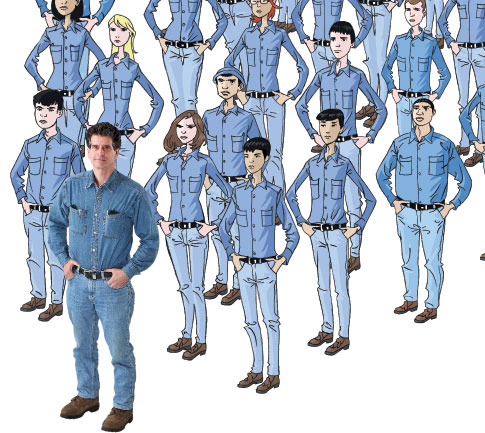

The most complicated task one used to undertake while driving was changing the eight-track, but now there are more technological bells and whistles in the cabs of our autos than we can possibly pay attention to as. So University of Utah engineers are testing a new tactile system to remove at least one audio-visual distraction from the driving experience, allowing navigation systems to direct drivers by sense of touch.
The system, researchers insist, isn’t aimed at urging drivers to talk on their cell phones or engage in other distracting activities while driving, but it does allow the driver to receive tactile cues from his or her GPS system if noise in the car prevents him or her from hearing the systems audio cues. It also keeps the driver from having to look at the GPS device’s screen, especially at the times he or she is most likely to do so, like when approaching an intersection where traffic is prone to be moving in different directions.
The system could also be used to help hearing-impaired drivers receive instructions from navigation devices, and such a tactile scheme could even be adopted to walking sticks for the visually impaired to help them negotiate landscapes.
The system works by installing two IBM TrackPoint caps – those little pencil eraser-looking mouse devices integrated into the keyboards of ThinkPad computers – at ten and two on a steering wheel. When the system wants to prompt the driver to turn or change lanes to the left, it nudges the driver’s fingers left. It does the same in the opposite direction to prompt a driver to the right.
It sounds simple enough, but in tests that involved placing drivers in a simulator and distracting them with a cell phone call, drivers using the system still made the proper turn 98 percent of the time. Those that were trying to maintain a phone conversation while listening to or watching the dashboard GPS device only managed to follow directions properly 74 percent of the time.
It’s not an excuse to talk on the phone while driving, the researchers say, but in a car filled with screaming kids, constant cell phone distractions, and more entertainment options for passengers than ever before it could help drivers stay on the right course if not completely focused.




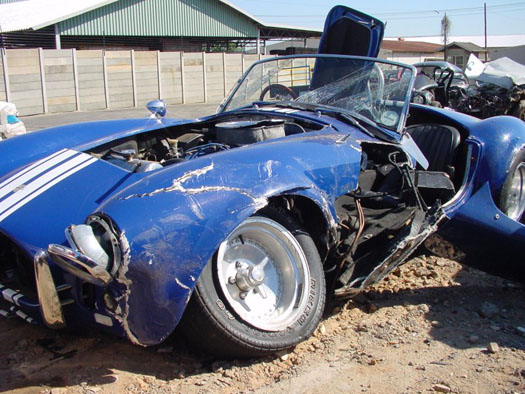

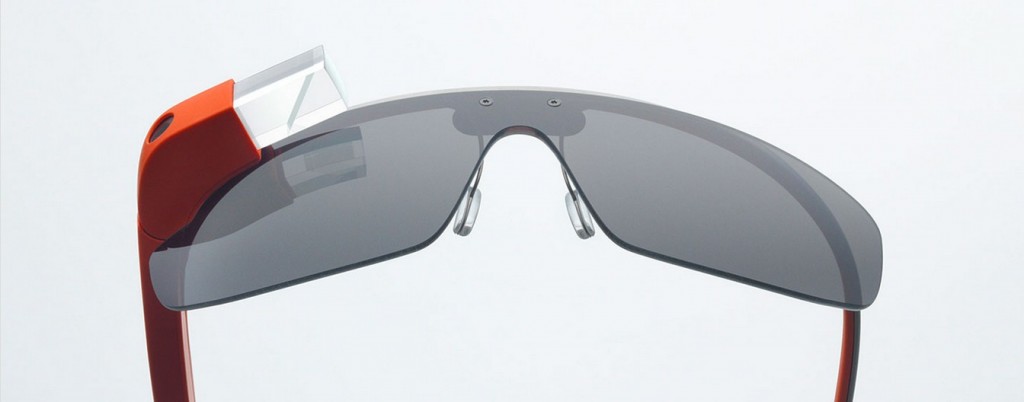

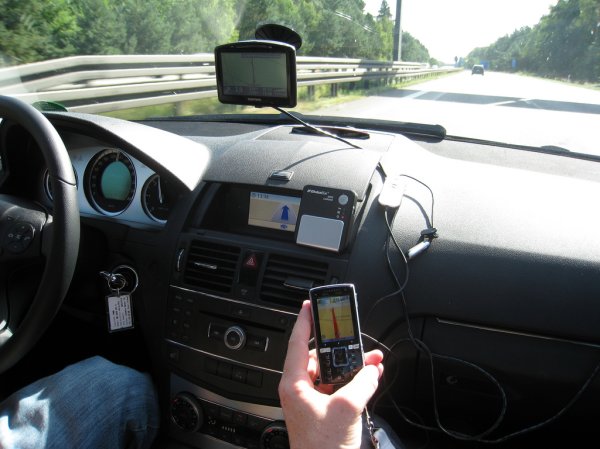


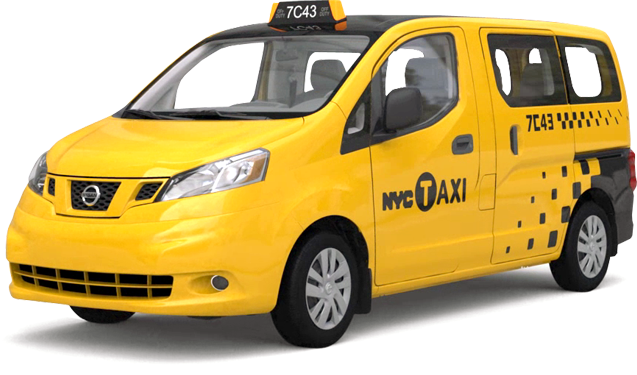

![The Sensitive Robot: How Haptic Technology is Closing the Mechanical Gap [Sponsored Post]](https://www.popsci.com/wp-content/uploads/2019/03/18/GHIQ5U4SEMDTEAY3HJ7NJH7XBY.jpg?quality=85&w=525)
